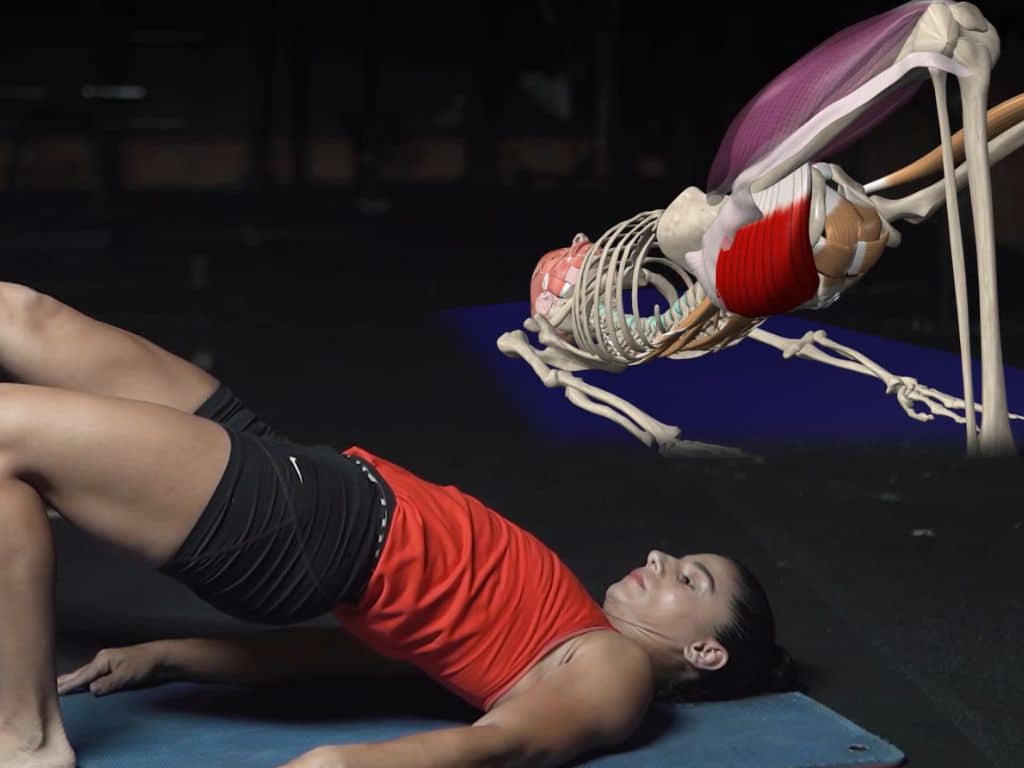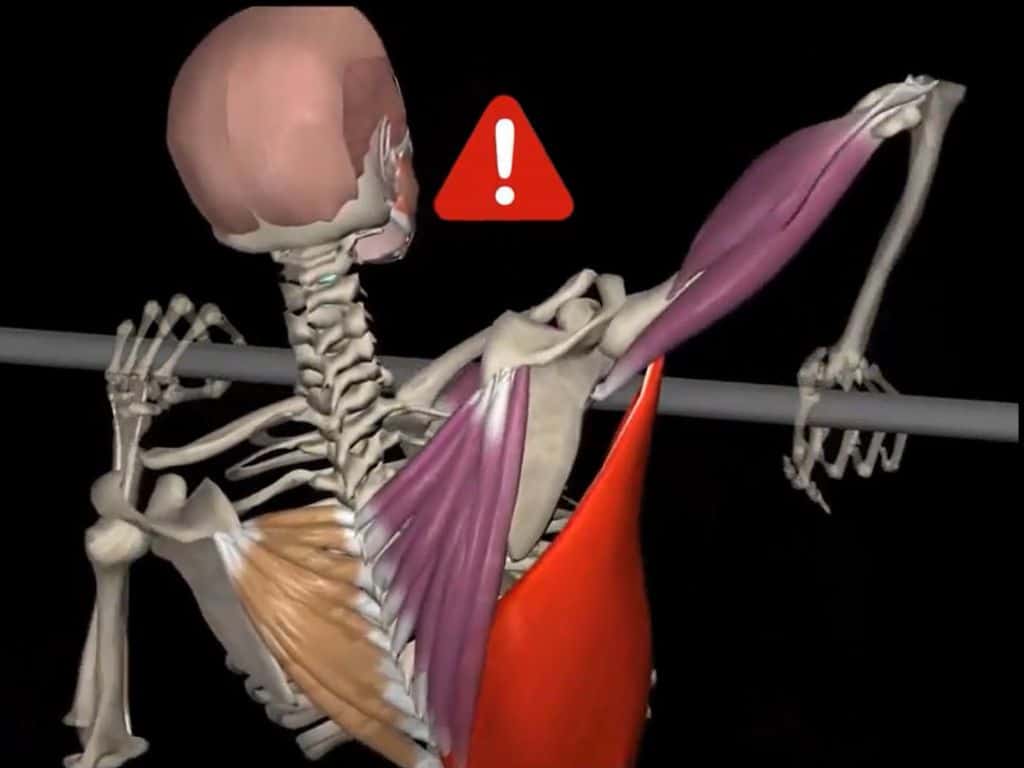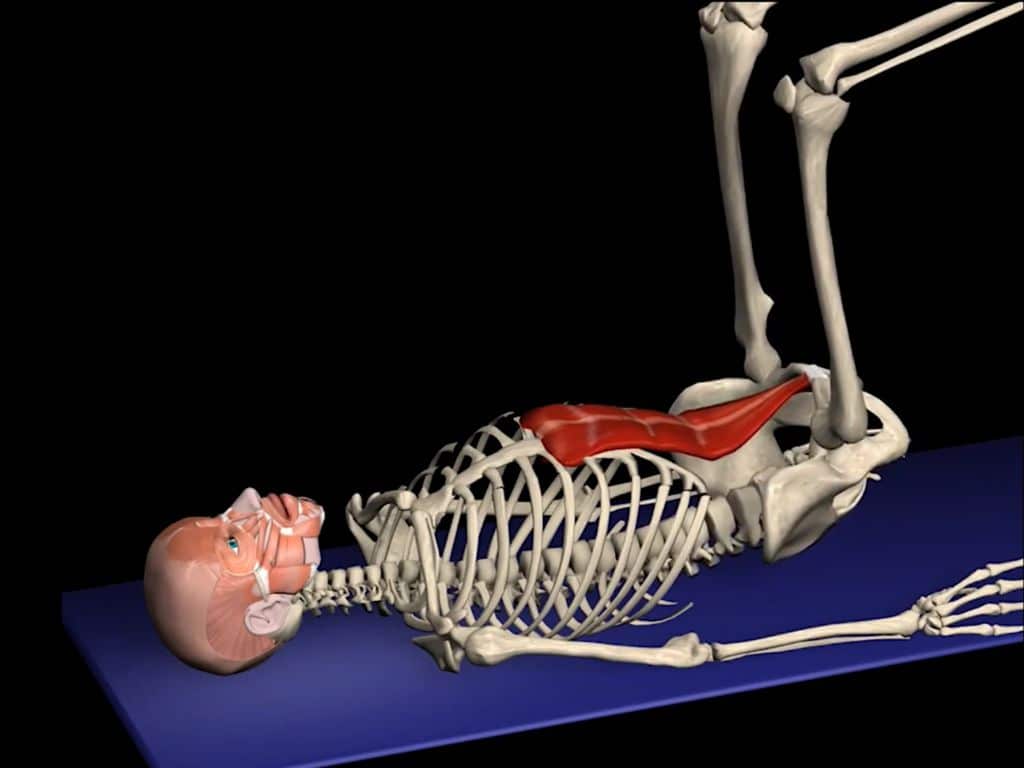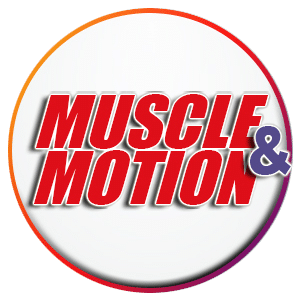Strength training has gained immense popularity over the years to improve physical fitness, enhance athletic performance, and promote overall well-being. While many people focus on the exercises, sets, and reps in their training routines, understanding the anatomy behind strength training is equally crucial.
This detailed Muscle and Motion article explores the significance of comprehending Strength Training Anatomy and how it can positively impact your fitness journey.
The benefits of understanding exercise anatomy
1. Target specific muscle groups
Knowledge of anatomy allows individuals to identify and target specific muscle groups effectively. Understanding the structure and function of muscles helps to design training programs that address specific goals, such as building leg strength, increasing muscle size, or improving endurance. You can optimize your workout routine and avoid muscle imbalances by knowing exactly which muscles are involved in each exercise, such as the quadriceps, hamstrings, and glutes in a squat.

2. Injury prevention
An in-depth understanding of exercise anatomy is crucial for injury prevention. Knowing the attachments, range of motion, and limitations of various muscles and joints helps individuals to perform exercises with proper form and technique, reducing the risk of overuse injuries, strains, or sprains.
Stretching is also an important part of any exercise program and helps to keep the muscles flexible, which reduces the risk of injury. Proper form should also be followed when exercising and stretching to ensure the correct muscles are being targeted and to reduce the risk of imbalances.
By following our injury prevention tips, it is possible to perform any exercise program safely and effectively.
To learn more about exercises with common mistakes to avoid check out our Strength Training app!

3. Exercise variation and progression
Knowledge of exercise anatomy empowers individuals to diversify their routines and achieve better results. By understanding the muscles involved, you can modify exercises, change angles, or incorporate variations like lunges, deadlifts, or pull-ups to target specific muscles differently, break plateaus, and challenge your entire body.

4. Individualization and customization
Understanding exercise anatomy allows you to personalize workout programs. By identifying individual muscle imbalances, strengths, and weaknesses, you can tailor exercises to address specific needs. Examples include incorporating single-leg exercises like Bulgarian split squats or dumbbell bench press to target specific muscle groups.
5. Mind-muscle connection
Understanding the anatomical structure of muscles and how they function during exercises enhances the mind-muscle connection. This connection refers to the ability to focus on the targeted muscle group during an exercise. By knowing anatomy, individuals can visualize and concentrate on contracting the intended muscles, which may help to get more efficient workouts and better results.
In summary, understanding exercise anatomy is crucial for optimizing workouts and achieving fitness goals. It allows individuals to target specific muscle groups, prevent injuries, customize workouts, and enhance the mind-muscle connection.
Utilizing our Strength Training App can help you learn exercise anatomy, providing visual and detailed explanations to deepen understanding and improve training.
Incorporating the Strength Training App into your fitness journey will take your workouts to the next level.
Download now from any device and sign up for free!


